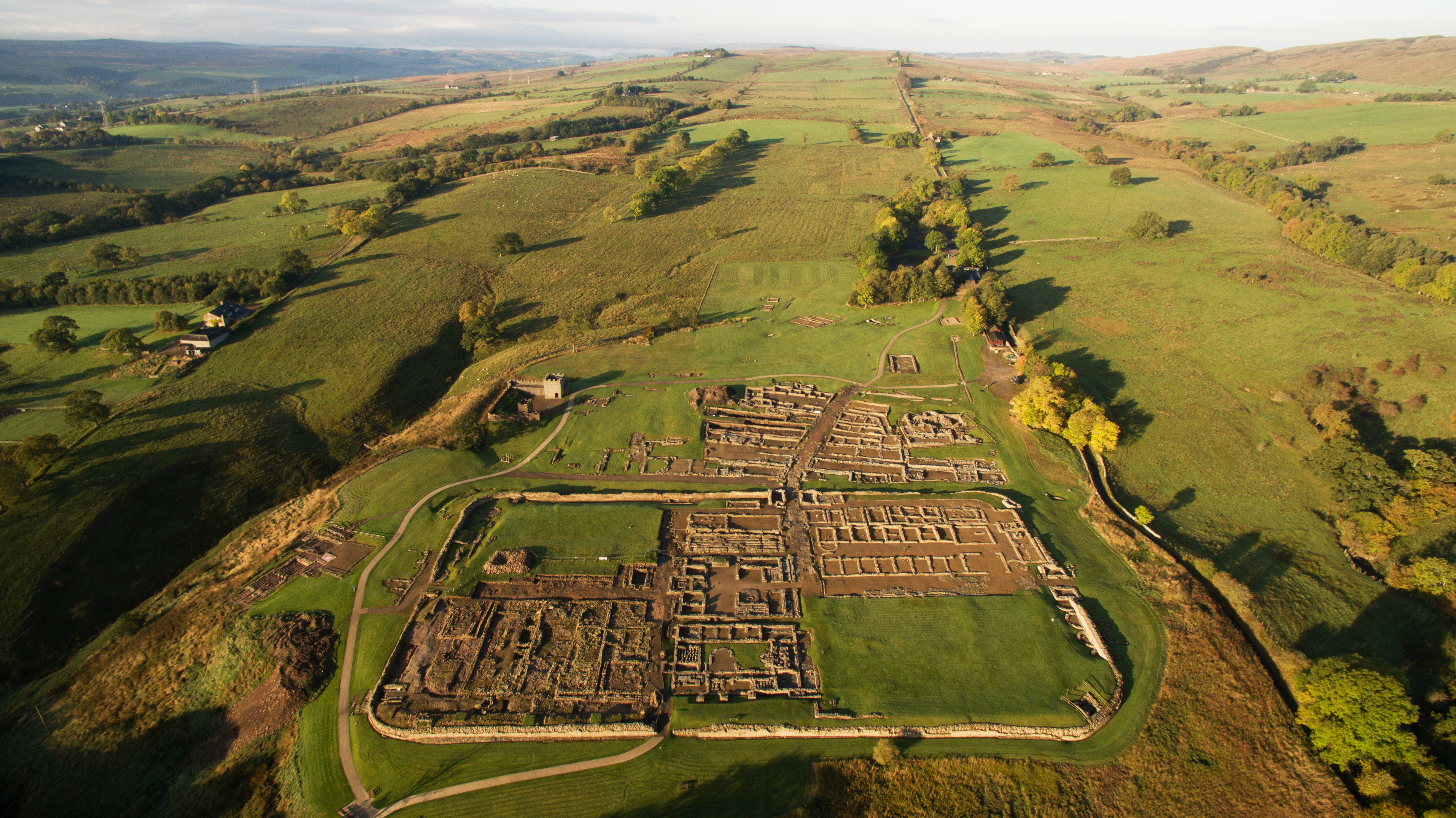Undergraduate
Questions?
Undergraduate Coordinator
Cindi Ryde
cryde@uwo.ca
Undergraduate Chair
Dr. Bernd Steinbock
bsteinbo@uwo.ca
Arts & Humanities
Academic Counselling
519-661-3043
arts@uwo.ca
History of Vindolanda
The Field School takes place on the site of Vindolanda in northern England, an active archaeological site and museum that hosts thousands of visitors each year. The site is operated by The Vindolanda Trust, a charitable organization that oversees ongoing excavations, artefact conservation, education, site programming, and public lectures. Field School students will have the opportunity to explore this rich heritage site and the historical landscape of Hadrian’s Wall.
In antiquity, the site of Vindolanda was first inhabited by the Roman army in around 85 CE, after the Roman general Agricola consolidated the northern frontier of the province Britannia along what is now called the ‘Stanegate’ road. This border region consisted of small forts garrisoned by auxiliary cohorts (non-citizen units) of the Roman army and a system of signal towers to monitor activity in the newly conquered area.
Vindolanda was continually inhabited by the Roman army for over three-hundred years, with only brief periods of abandonment when military units shifted locations. This occupation resulted in a series of more than nine forts and their adjacent settlements built on the same site, creating a rich stratigraphic record of the Roman occupation of the site. The first five phases of settlement, dating from ca. 85-130 CE, are all preserved in oxygen-reduced soil conditions, which have preserved the timber remains of structures, as well as extraordinary artefacts not typically visible in the archaeological record, such as wooden writing tablets and thousands of leather shoes.
The remains of the stone forts built and refurbished on the site between ca. 150 to 300 CE show the varying construction techniques used by the military in fort walls, houses, workshops and bathhouses. Occupation continued at Vindolanda even after the Roman army abandoned Britain in the early 5th century CE. Recent field seasons have concentrated on the nature of settlement in the 5th and 6th centuries CE, showing the re-organization and occupation of a small group of individuals who utilized the existing structures and fort spaces in new ways.
The excavation team are currently working inside the third-century military fort on site. The Western students will join an international team of professional archaeologists, site specialists, and volunteer excavators to be a part of the new discoveries taking place at Vindolanda. If you would like to read more about the aims and goals of The Vindolanda Trust, please click here.

Copyright: The Vindolanda Trust.




